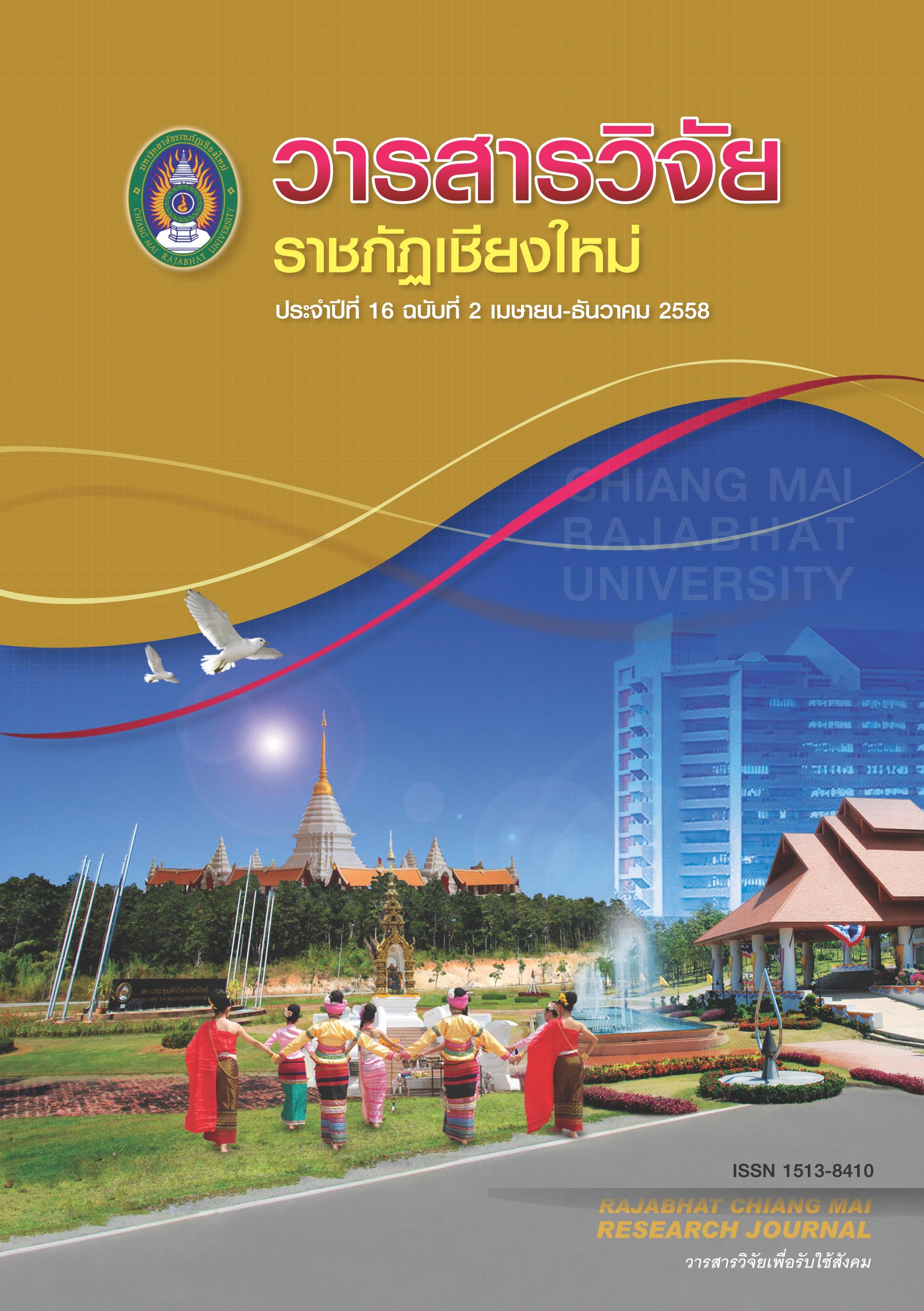The Model and Process of Buddha-dhamma Communication through Social Media of Buddhist Monks in Thailand
DOI:
https://doi.org/10.14456/rcmrj.2015.215058Keywords:
The Model of Buddha-dhamma CommunicationAbstract
The dissertation entitled ‘The Model and Process of Buddha-Dhamma Communication through Social Media of Buddhist Monks in Thailand’ consists of 3 objectives as: 1) to study the Buddhist monks’ communication behavior of Buddha Dhamma through the online social media in Thailand, 2) to investigate the process of Dhamma communication through the online social media of the Buddhist monks in Thailand and 3) to explore the model of Dhamma communication through the online social media of the Buddhist monks in Thailand.
The results revealed that the Buddhist monks’ communication behavior of Buddha Dhamma through the online social media in Thailand, they have communicated Dhamma by the websites viz., the www.facebook.com, www.youtube.com through posting photos and uploaded video. In addition, the Buddhist mission in Thailand and foreign countries were used the Dhamma Discussion included answer the Dhamma questions through massage and multimedia, which update to current situations. They have presented the essence of Dhamma in many languages viz., Thai, English and Pali. The Buddhist doctrines are categorized by 5 types as: the Buddha’s Proverb, Proverbs, Motto, Poem and English for Dhamma Propagation.
Regarding to the Buddhadhamma communication process, through social media of the Thai Buddhist monks, it is composed of the principles of communication that are sources, messages, channels, and receivers. Especially, the intention of the senders, they must send the statement of truth without distortion or biases and appropriate to events and time. However, there were some information or contents were unsuitable for a small group of people but benefit to the many, the sender must send or may send it. The sender should realize both theory and practice of the communicative purposes.
The model of Buddhadhamma communication through social media of the monks in Thai society, it is composed of the empirical communication media both audiovisual material and screen media. The appropriated patterns of Dhamma communication are as follows: the essence of Dhamma must be true, pleasant, and appropriate to the current event and benefit to all people. In addition, the Dhamma must be presented on target and easy to understand, thus, it needs the expert or the Dhamma communicators who have the perfect knowledge and expert in Dhamma propagation and the pattern of Buddhadhamma communication. The pattern of Dhamma communication must be linked and related to its process, that is to say, the pattern must display the intention of Dhamma communicating, modern, outstanding and relevance to Buddhadhamma. On the other hand, the perfect pattern of Dhamma communication does not depend on the message sender, messages, channels, and receivers. And eventually it needs to be evaluated the Dhamma communication and to examine the stability and persistence of the Facebook, YouTube and websites and monitoring on the Like and Share and so on
Downloads
References
.
พระจักรพงศ์ วิสุทฺธสีโล. 2542. การใช้เทคโนโลยีกับการเผยแผ่พระพุทธศาสนา. กรุงเทพมหานคร: บริษัทธีระฟิล์ม และไซเท็กซ์ จำกัด.
พระธรรมโกศาจารย์ (ประยูร ธมฺมจิตฺโต). 2548. การเผยแผ่เชิงรุก. กรุงเทพมหานคร: โรงพิมพ์มหาจุฬาลงกรณราชวิทยาลัย.
พระบุญโชค ชยธมฺโม. 2548. ศึกษารูปแบบและวิธีการเทศนาของพระสงฆ์ไทยในปัจจุบัน. วิทยานิพนธ์ พุทธศาสตรมหาบัณฑิต สาขาธรรมนิเทศ บัณฑิตวิทยาลัย มหาวิทยาลัยมหาจุฬาลงกรณราชวิทยาลัย.
พระมหาสมชาย ฐานวุฑโฒ. 2549 . ศึกษาบทบาทการเผยแผ่พุทธธรรมของพระวิสุทธาธิบดี (วีระ ภทฺทจารี). วิทยานิพนธ์ พุทธศาสตรมหาบัณฑิต บัณฑิตวิทยาลัย มหาวิทยาลัยมหาจุฬาลงกรณราชวิทยาลัย.
วสุ ศักดินันท์. 2551. ภาพยนตร์: สื่อสมัยใหม่ในการเผยแผ่ศาสนา. สารนิพนธ์ ศิลปศาสตรบัณฑิต (ศาสนศึกษา) วิทยาลัยศาสนศึกษา มหาวิทยาลัยมหิดล.
Downloads
Published
How to Cite
Issue
Section
License
1. Articles, information, content, images, etc published in the “Community and Social Development Journal” are copyrighted by the Community and Social Development Journal, Chiang Mai Rajabhat University. In order to properly distribute the articles through print and electronic media, the authors still hold the copyright for the published articles under the Creative Commons Attribution (CC BY) license, which allows the re-distribution of the articles in other sources. References must be made to the articles in the journal. The authors are responsible for requesting permission to reproduce copyrighted content from other sources.
2. The content of the articles appearing in the journal is the direct responsibility of the article authors. The editorial board of the journal does not necessarily agree with or share any responsibility.














